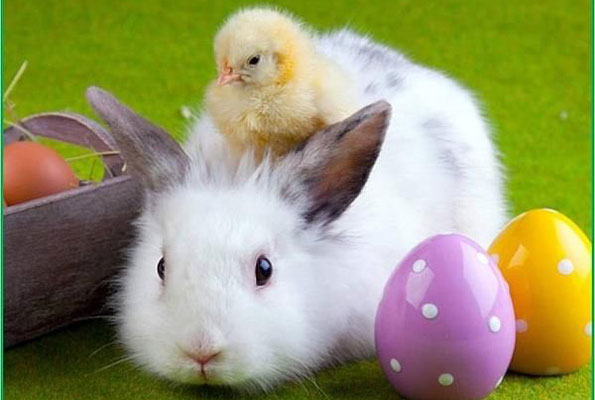
The Easter Bunny is perhaps the biggest commercial symbol of Easter.
But how did a rabbit and eggs become associated with the death and resurrection of Jesus Christ?
Well there clearly seems to be no correlation between the secular symbols and the Christian holiday. While the first known mentions of the bunny tradition appear in 15th century German literature according to Discovery, the bunny has its roots in pre-13th century pagan traditions.
Bunnies, eggs, Easter gifts and fluffy, yellow chicks in gardening hats all stem from pagan roots. They were incorporated into the celebration of Easter separately from the Christian tradition of honouring the day Jesus Christ rose from the dead.
Some believe, rabbits were associated with the Teutonic deity Eostra, the goddess of spring and fertility, for their especially high reproduction rate. Eggs, and especially their hatching, are another symbol of spring with roots in pagan tradition, according to History.com.
Germanic, pagan, spring traditions and Christian resurrection tradition were quickly melded together as Roman Catholicism became the dominant religion in the region around the 15th century, according to Discovery. As a result, the Easter Bunny tradition in America takes its roots in the German settlers of Pennsylvania.
According to some sources, the Easter bunny first arrived in America in the 1700s with German immigrants who settled in Pennsylvania and transported their tradition of an egg-laying hare called “Osterhase” or “Oschter Haws.” Their children made nests in which this creature could lay its coloured eggs.
Much like leaving cookies out for Santa, German children often left carrots out hoping the bunny would leave them extra special candy.